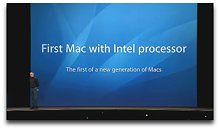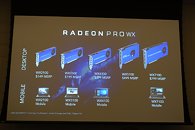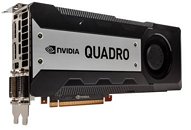
Apple to End the x86 Mac Era in 2020
One of the biggest tech stories of the 2000s was Apple's transition from the PowerPC machine architecture to Intel x86, which brought the Mac closer to being the PC it so loathed. The transition wasn't smooth, as besides the operating system, practically every third-party software developer (eg: Adobe), had to rewrite their software for the new architecture, with new APIs, and new runtime environments. Apple could be bringing about a similar change before the turn of the decade.
Apple already builds its own application processors for iOS devices, and some of the newer chips such as the A11 Bionic and A10 Fusion have already reached the performance levels of entry-level x86 desktop processors. It's only a matter of time before Apple can build its own SoCs for Macs (that's not just iMac desktops, but also Mac Pro workstations, MacBook, MacBook Air, and MacBook Pro). That timeline is expected to be around 2020. Since these chips are based on the ARM machine architecture, they will mandate a major transformation of the entire software ecosystem Apple built over the past decade and a half. Intel shares dropped by as much as 9.2 at the first reports of this move.
Apple already builds its own application processors for iOS devices, and some of the newer chips such as the A11 Bionic and A10 Fusion have already reached the performance levels of entry-level x86 desktop processors. It's only a matter of time before Apple can build its own SoCs for Macs (that's not just iMac desktops, but also Mac Pro workstations, MacBook, MacBook Air, and MacBook Pro). That timeline is expected to be around 2020. Since these chips are based on the ARM machine architecture, they will mandate a major transformation of the entire software ecosystem Apple built over the past decade and a half. Intel shares dropped by as much as 9.2 at the first reports of this move.








































